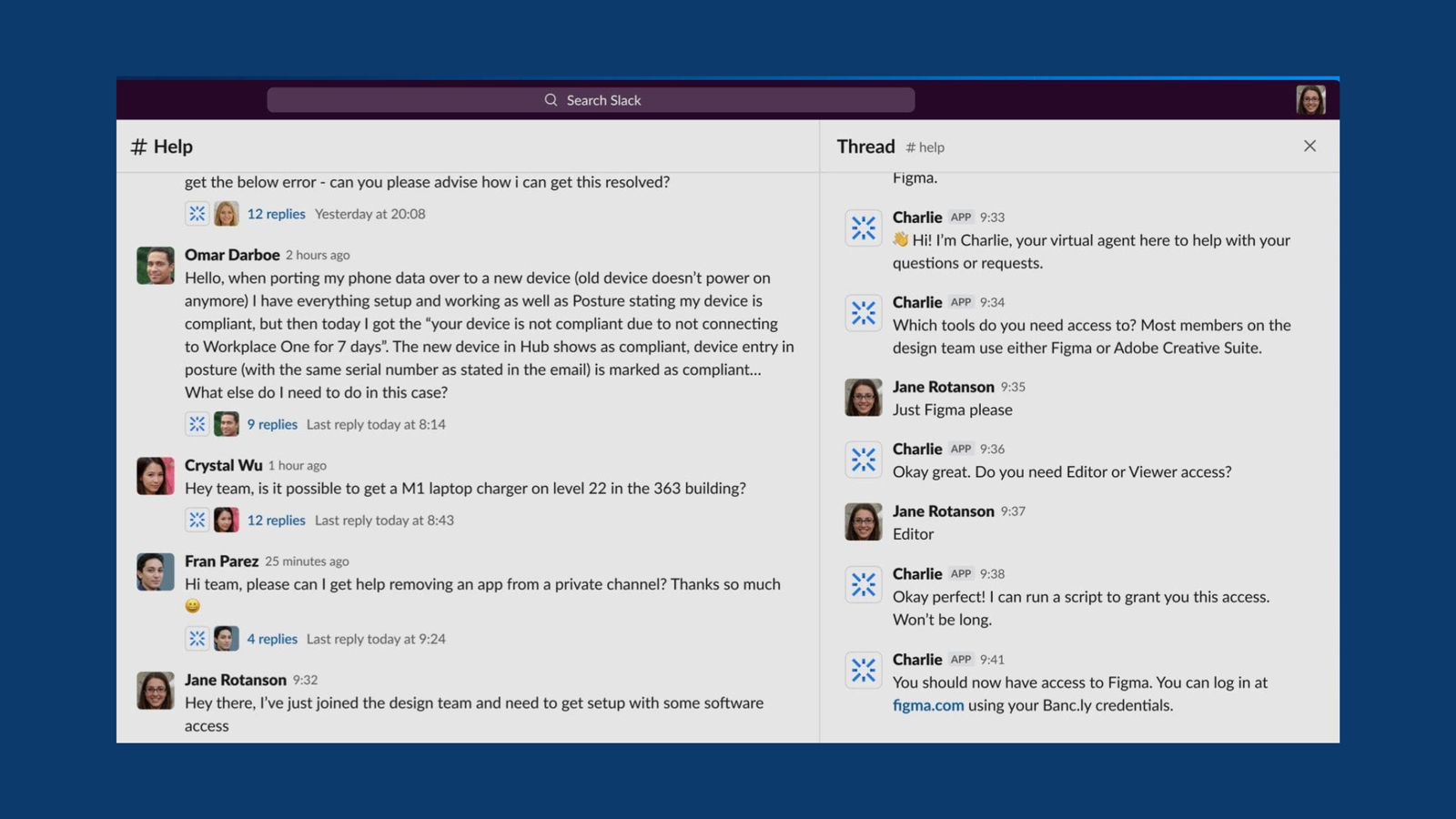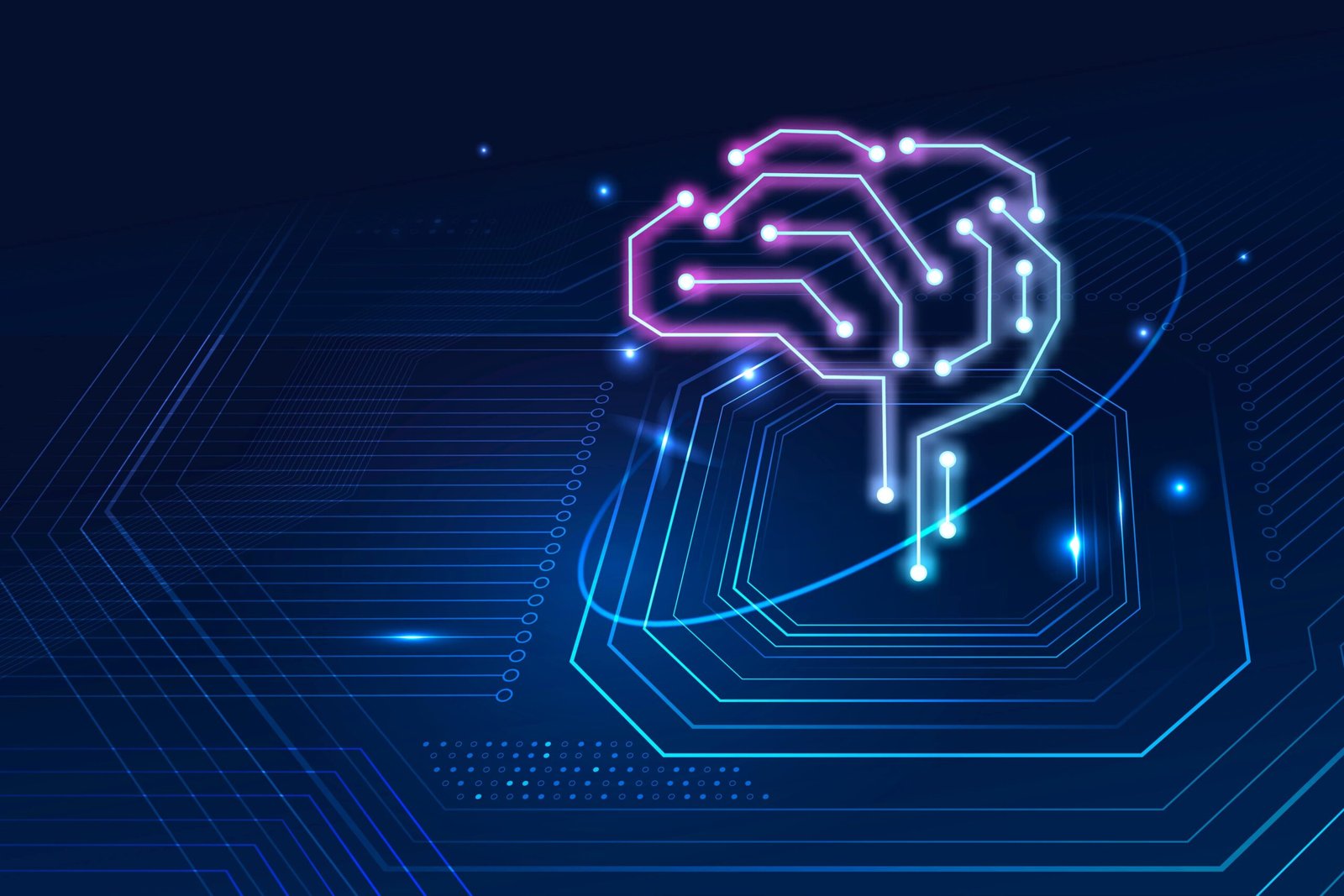The digital process automation market is expected to grow to $24.63 billion by 2030. Rising competition, a growing skills gap, and the pressure on organizations to adapt quickly to emerging trends and changes are key factors driving this growth. However, traditional approaches to automation lack the flexibility and adaptability that today’s complex business landscape demands. That’s where GenAI shines. GenAI’s intelligent and responsive nature makes it a perfect ally for improving process automation results.
Automation and Generative AI are a match made in heaven. Read on as we delve into the limitations of traditional process automation and how GenAI’s intelligent capabilities transform business results.
Traditional Process Automation
Automation has existed for several decades. By helping users simplify and streamline repetitive, rule-based, day-to-day tasks, automation leads to reduced errors, better productivity, and greater business results.
- Robotic process automation (RPA) uses rule-based software to automate activities, freeing human resources to prioritize more complex tasks.
- Finance: In finance, RPA allows for comprehensive automation of mundane and error-prone tasks. From data entry to customer verification, loan processing, transaction monitoring, and more.
- Customer service: In customer service, RPA paves the way for better handling of routine queries. Organizations can use RPA to automatically categorize support tickets, route them to the appropriate agent, and also update customers with status.
- Business process automation (BPA) uses advanced technology to complete business processes with minimal human intervention.
- HR: In employee onboarding, BPA can trigger a set of predefined workflows, from sending out a welcome email to setting up financial details, etc.
- Marketing: Companies can use BPA to engage customers with automated marketing messages across channels and devices that are based on predefined rules and timelines.
The GenAI Transformation
Traditional process automation approaches lack the adaptability to handle complex, dynamic processes. They are less flexible and fail to meet the evolving demands of today’s organizations. When business processes change, these automation methods may require significant modifications, causing delays in task completion.
Enter Generative AI, the technology set to reshape traditional process automation methods completely. Adding a layer of GenAI extends the possibilities of conventional automation, introducing a whole new world of cognitive decision-making capabilities. GenAI-enabled automation will allow systems to understand, learn, and adapt to complex scenarios, enhancing traditional automation systems’ adaptability and problem-solving abilities.
With GenAI-enabled automation, organizations can handle hordes of unstructured data and make context-aware decisions continuously.
- Natural language processing: Bringing GenAI into the process automation landscape can enable organizations to ask questions in natural language and get immediate, contextual assistance. Users can interact with chatbots to get the necessary information and accelerate task completion. For instance, with Atlassian AI, they can make informed and faster decisions with help from Charlie, the built-in AI assistant.

Source: Atlassian
- Intelligent decision-making: In finance, GenAI-powered automation is transforming how banks and other financial institutions respond to fraud. GenAI systems can learn, adapt, and gain insights from the hidden patterns within vast datasets while predicting potential fraudulent scenarios before they occur. This allows for intelligent, real-time decision-making while enabling systems to evolve in response to new information and emerging threats.
- Information extraction: GenAI systems are known to be great at information extraction, empowering businesses with the data they need to accomplish tasks. For example, in medical research, GenAI systems can automate the collection and analysis of vast data from multiple sources, processing information in seconds. Researchers can better understand the intricacies of regulations, submissions, and validation procedures and ensure the tremendous success of clinical trials.
- Adaptive systems: Generative AI systems’ ability to learn and adapt to emerging needs and business scenarios makes them a perfect fit across various applications. For instance, GenAI models can process humongous amounts of customer orders and market trends and optimize inventory based on real-time demand. Such automation can enable businesses to adjust inventory levels according to demand fluctuations and reduce the risk of stockouts or excess inventory.
- Error handling: In software testing, GenAI allows testers to derive critical insights from data and take necessary action. They can quickly find issues and dependencies using natural language, run complex queries, and identify anomalies in code, thus improving their error-handling capabilities.

Source: Atlassian
- Simplified user interfaces: As users begin to expect personalized experiences, GenAI-led automation allows systems to present a UI that perfectly fits their requirements. For example, GenAI can adjust UI layouts in response to user behavior, offer contextual search suggestions, and provide menus to suit the current task. By creating a personalized and more comfortable experience, GenAI can allow businesses to tailor digital interfaces to intuitively meet users’ unique needs.
The Road Ahead
Organizations looking to integrate Generative AI into process automation will likely face some challenges. Here are some things to keep in mind to get the most out of GenAI:
- Addressing ethical concerns: GenAI systems are only as good as the data fed. To ensure fairness, organizations must provide training data that is as diverse as possible. They should also implement techniques to detect and correct bias, ensure transparency around why and how data is being collected, and provide rigorous testing to ensure GenAI models operate reliably and securely.
- Overcoming integration complexities: Integrating GenAI into the existing IT landscape can create several integration issues. To ensure GenAI systems operate cohesively with current applications, organizations must build small prototypes and roll out capabilities in a phased manner to avoid disrupting the status quo. They must also modernize their legacy and rigid applications to ensure seamless data sharing and collaboration.
- Ensuring data governance: Since Generative AI models rely on large amounts of data for automation and analysis, there is a critical and urgent need to bolster enterprise data governance. Establishing, implementing, and constantly updating governance policies and procedures can ensure that large language models’ data is clean, updated, and contextually relevant.
- Partnering with experts: Partnering with experts can bring several benefits to the table, from a deep understanding of the business landscape to common obstacles, implementation best practices, and more. An experienced team can enable businesses to drive the best automation results and improve business processes.
Unleash Innovation with GenAI
In this era of automation, Generative AI is more than just a tool; it’s a catalyst poised to transform how we work. While the path forward is laden with promise, taking the proper precautions to unleash a future of boundless possibilities is essential.

